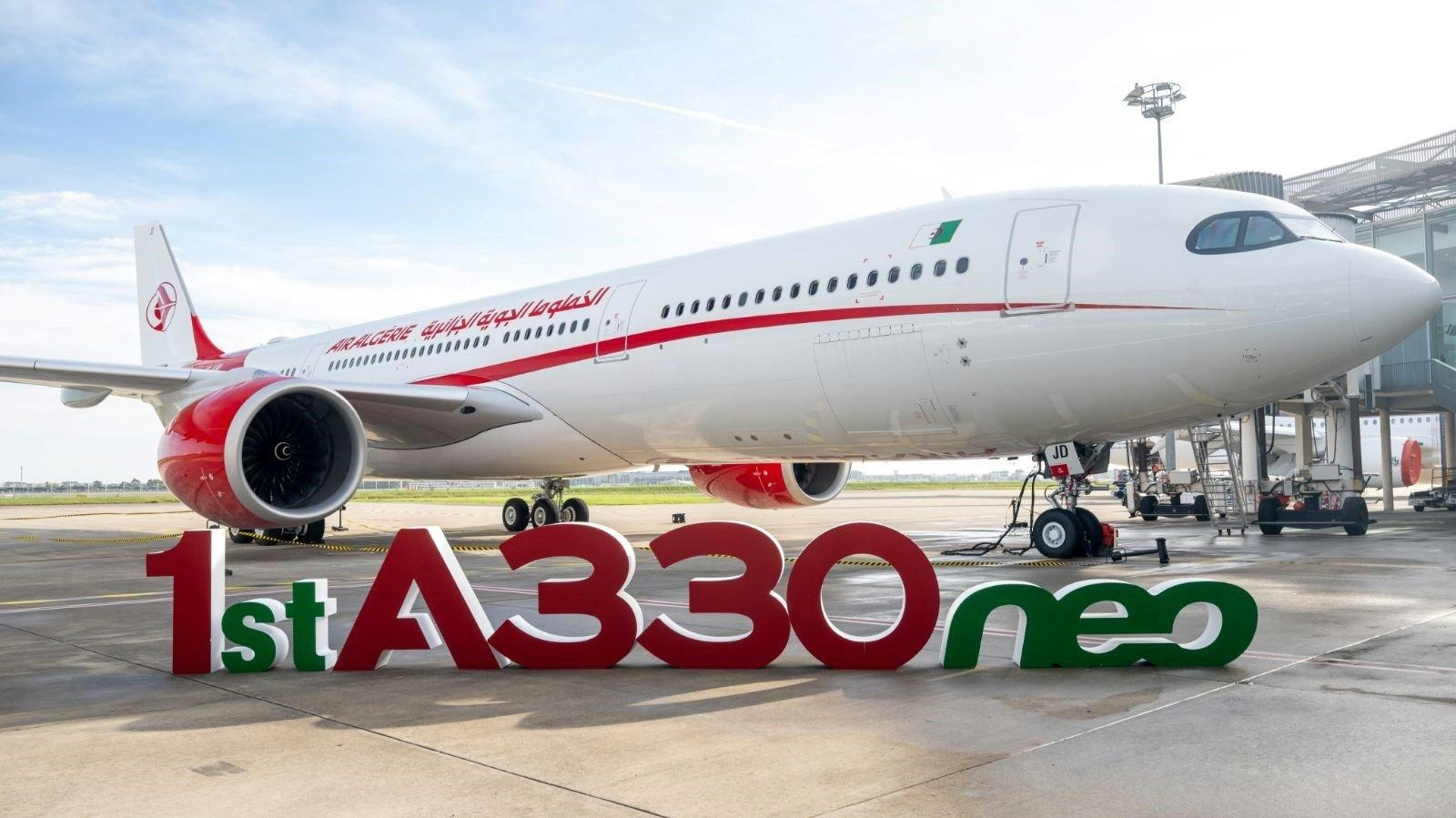
AeroGenie — Votre copilote intelligent.
Tendances
Categories
Odisha Cabinet Approves Additional Incentives for MRO Facility at Bhubaneswar Airport
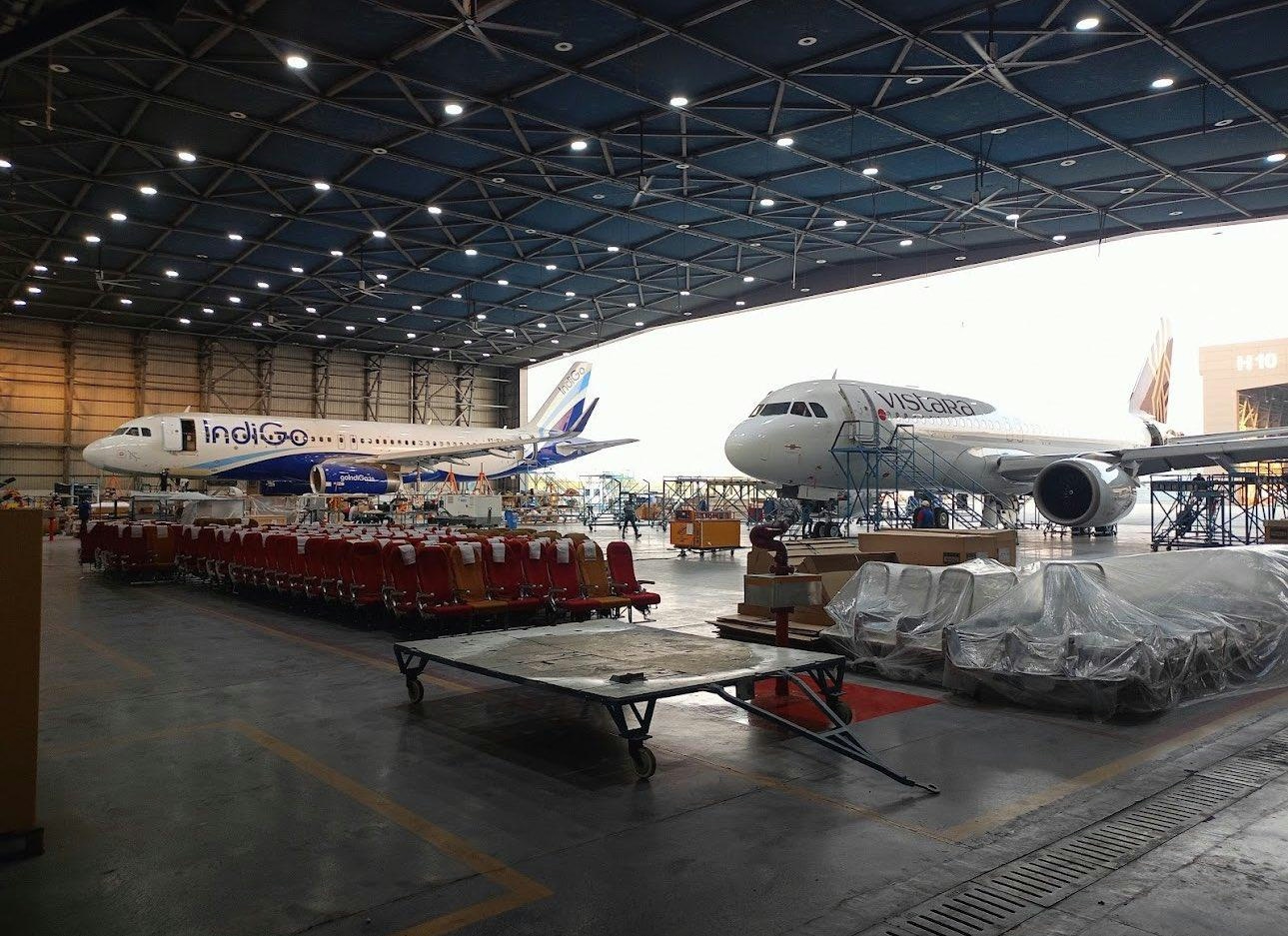
Odisha Cabinet Endorses Enhanced Incentives for MRO Facility at Bhubaneswar Airport
The Odisha Cabinet has sanctioned additional incentives to support the establishment of a maintenance, repair, and overhaul (MRO) facility at Biju Patnaik International Airport in Bhubaneswar. This decision, announced by the state’s Commerce and Transport Department, builds upon the cabinet’s prior approval of the project, which aims to create the first significant MRO hub in eastern India.
Strategic Investment and Project Significance
Air Works India (Engineering) Pvt., recognized as the country’s oldest and largest third-party MRO provider, has been appointed as the anchor investor following a comprehensive selection process. The development of this facility forms a crucial part of Odisha’s Building and Management of Aviation Assets and Network scheme, an initiative designed to enhance the state’s civil aviation infrastructure and capacity.
Context of India’s Expanding Aviation Sector
India’s aviation industry is undergoing rapid expansion, with forecasts positioning the country as the world’s third-largest aviation market after the United States and China. The MRO sector is integral to sustaining this growth. A report by NITI Aayog projects the global MRO market to increase from $68.5 billion in 2021 to $117 billion by 2031, representing a 70% rise. Within India, the MRO market is expected to reach $4 billion over the same period, growing at a compound annual growth rate of 8.9%. This growth is propelled by an expanding airline fleet, enhanced regional connectivity, and rising passenger and cargo traffic.
Currently, Indian airlines operate approximately 713 aircraft and have placed orders for over 1,000 additional planes scheduled for delivery within the next five to ten years. Maintenance costs constitute the second-largest expense for airlines, accounting for 12 to 15 percent of revenues, following fuel expenses, which represent about 40 percent of operating costs. Strengthening domestic MRO capabilities is anticipated to reduce dependence on foreign facilities, lower operational costs, and accelerate maintenance turnaround times.
Challenges and Regional Implications
While the Odisha Cabinet’s approval of supplementary incentives is expected to attract greater investor interest and stimulate local economic development, the initiative faces potential challenges related to budgetary limitations and regulatory compliance. Additionally, this move may trigger competitive responses from neighboring states, with other airports likely to upgrade their facilities or introduce similar incentives to attract aviation business.
The global aviation market remains highly dynamic, influenced by continuous infrastructure advancements and strategic partnerships. Odisha’s efforts to establish a major MRO hub position the state to play a pivotal role in India’s evolving aviation sector, even as it contends with the complexities of funding and regulatory oversight.
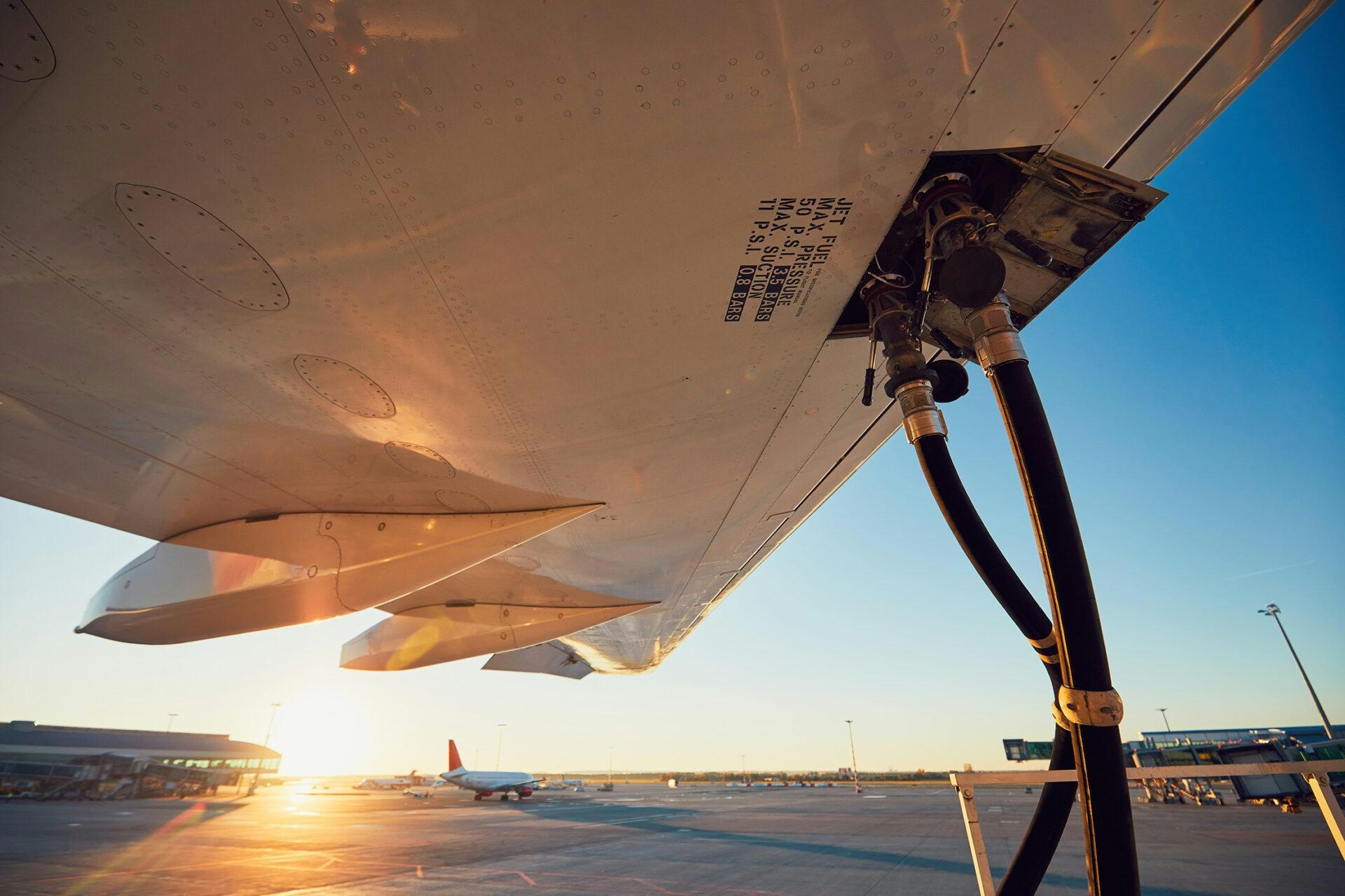
Urban Waste Fuels Advances in Sustainable Aviation
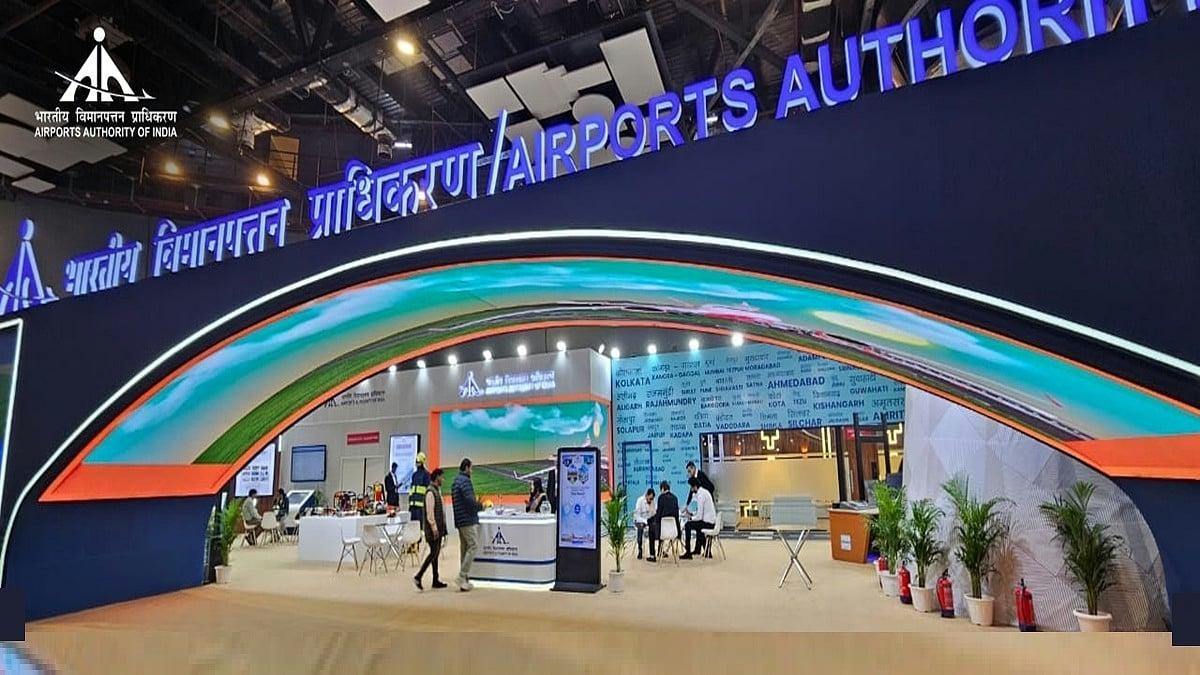
AAI Presents Aviation Innovation and Connectivity Vision at IITF 2025
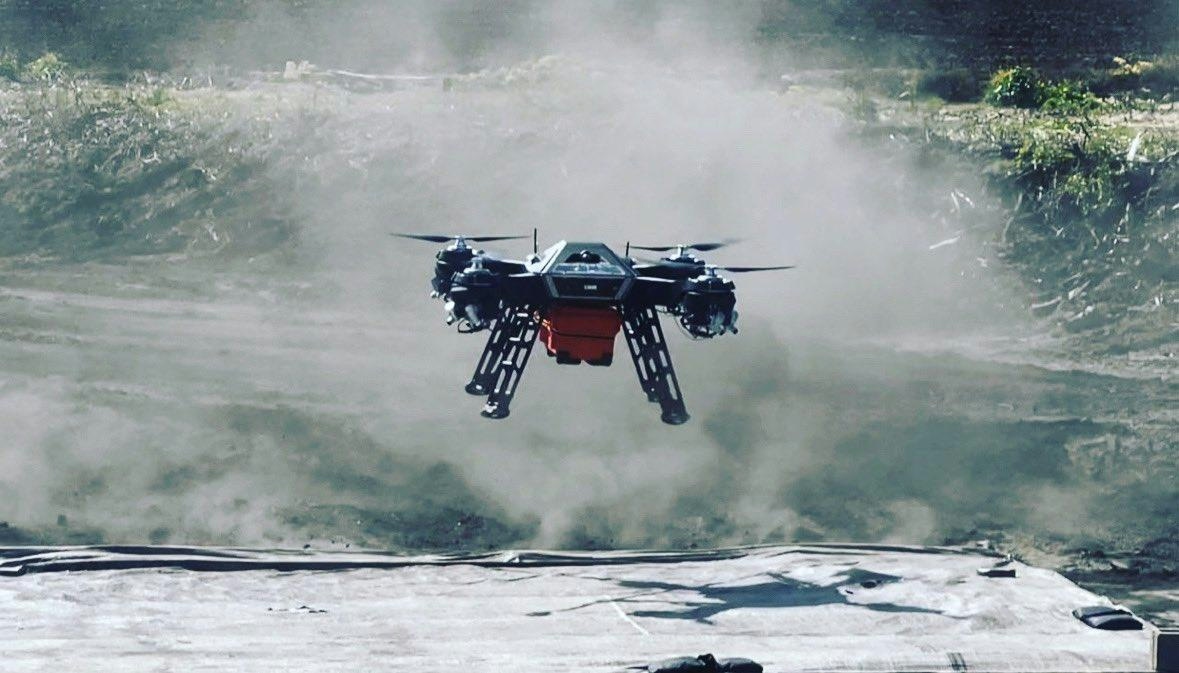
Parallel Flight Technologies and the Role of Hybrid Power in Uncrewed Aviation
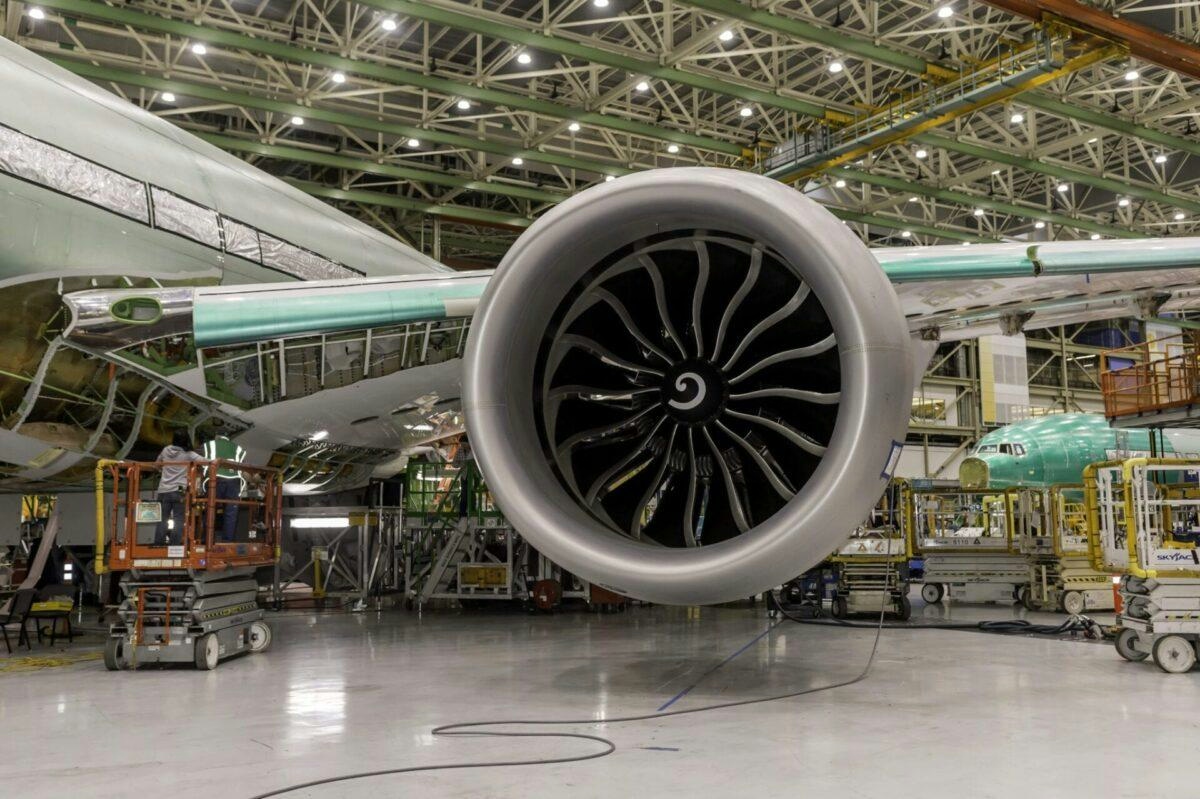
2026 Rolls-Royce UltraFan Engine: Raising the Bar for Performance, Efficiency, and Sustainability in Aviation
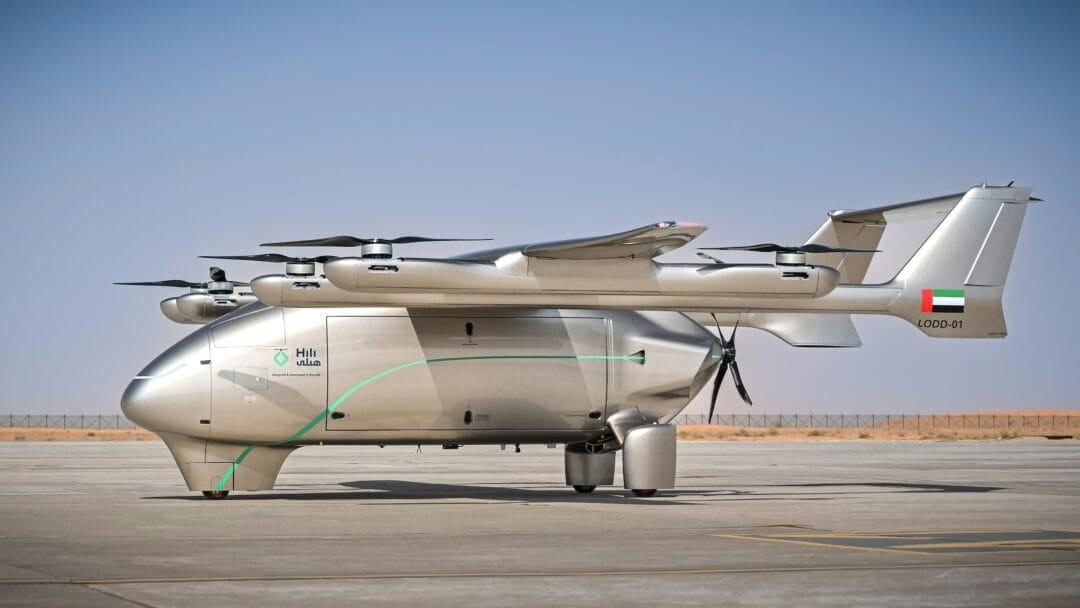
LODD Autonomous Completes First Test Flight of Hili Aircraft in Al Ain

Bhogapuram International Airport in Andhra Pradesh to Feature World’s Largest MRO Facility

PXCom Unveils AI Tool for Onboard Server Updates at APEX FTE Asia Expo

Turkey Blocks Delivery of Apache Helicopters to India
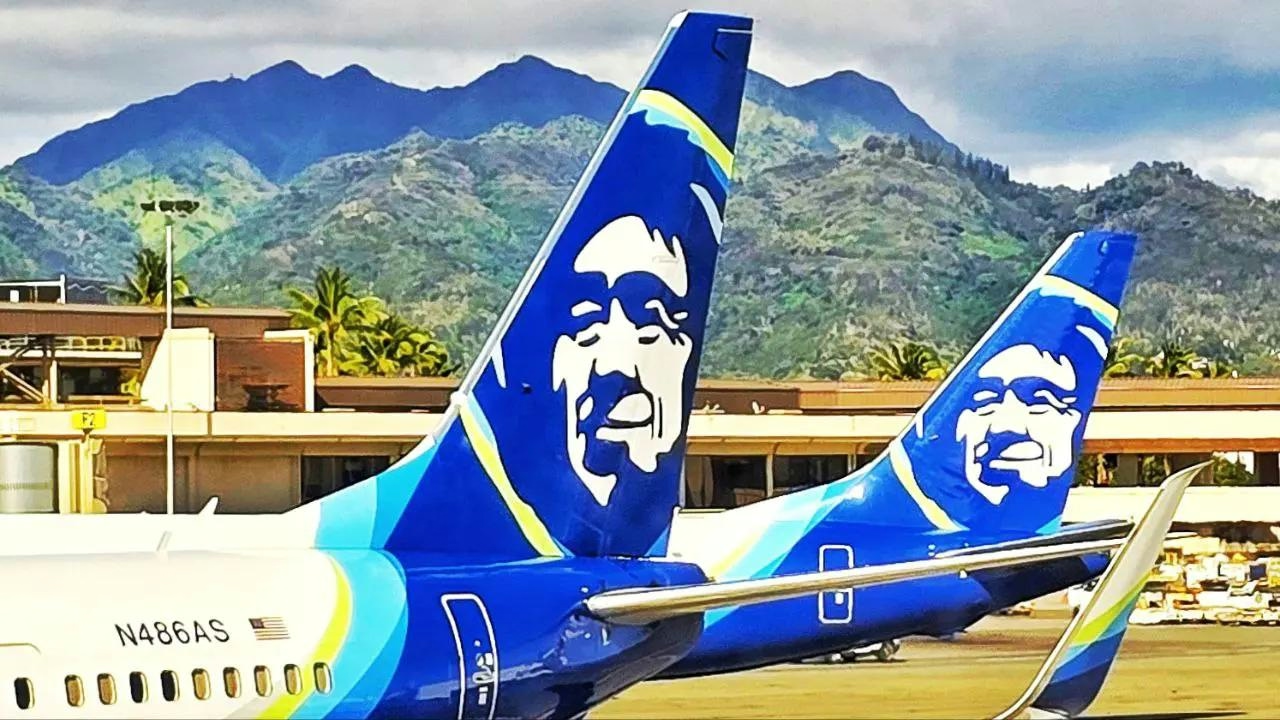
Alaska Air Announces Changes in Maintenance Leadership
